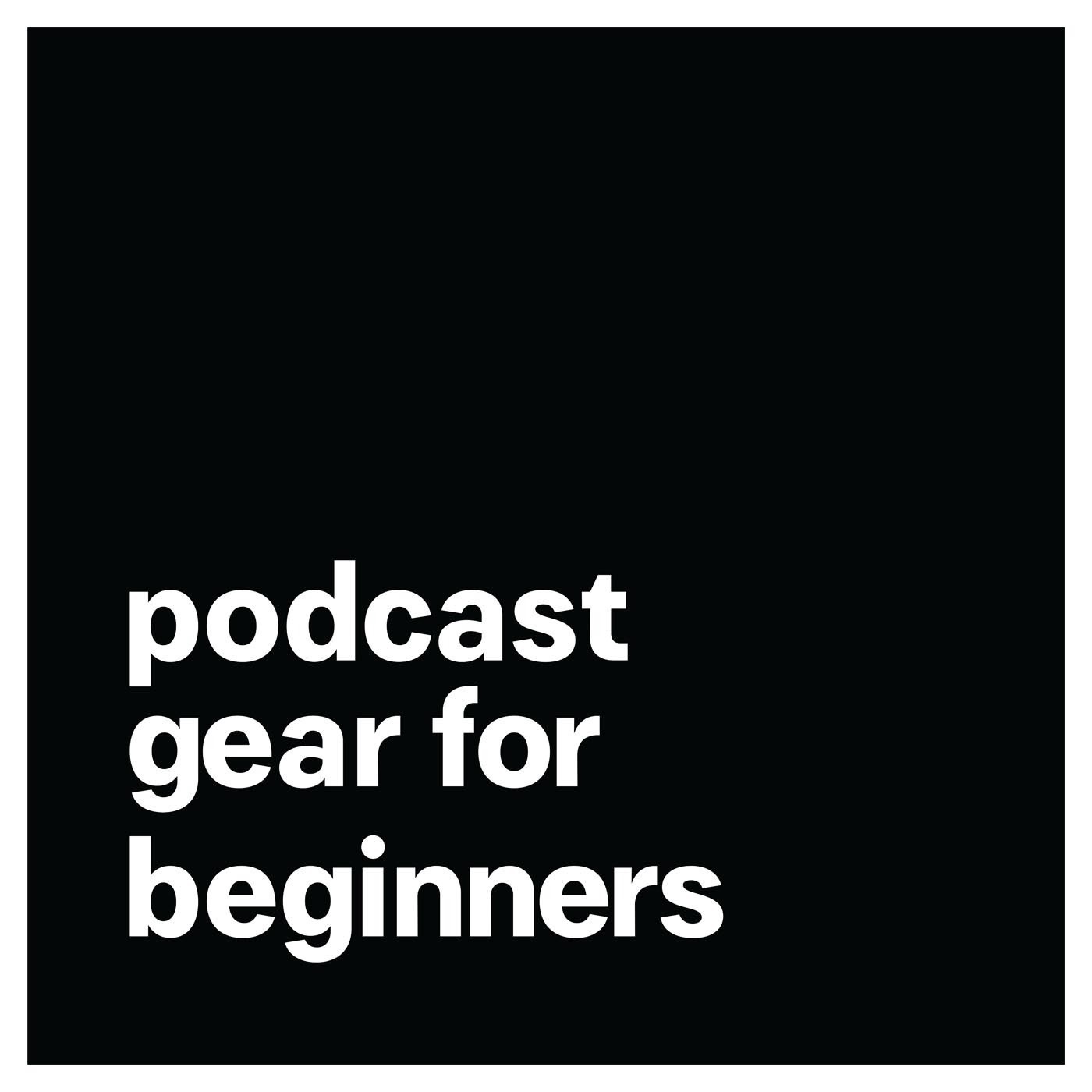Dynamic VS. Condenser Mics
What's the difference between a dynamic mic and a condenser mic?
Original Blog post:
This episode is recorded on a Rode PodMic into the Tascam DR60 onto an SD card. Audio edited in Adobe Audition.
Gear and Software links:
Rode Podmic: https://amzn.to/2XxwUgY
Tascam DR60: https://amzn.to/3ciZU07
Adobe Audition: https://bit.ly/adobe-pgfb
Show notes:
When starting a podcast, the most important piece of gear that you'll be using is the microphone.
It seems like an obvious statement, but the kind of microphone you purchase will determine the quality of sound. It's said that people will tolerate poor video over poor audio, so since podcasting is typically only audio, this is a very important part of the equation.
You must be careful to choose the proper microphone type when making your purchase. Sometimes the price tag is the determining factor, so people buy a microphone and very quickly realize it's not what they thought it would be in quality and sound.
The majority of podcasts are recorded using a "dynamic" microphone, as opposed to "condenser" microphone, but there are shows that utilize condenser mics.
So what's the difference?
There are certainly technical differences in the way the microphones are constructed and how they work, but we'll skip all of the "techy" jargon and get to the point.
Dynamic microphones do not need a power source to function. You simply plug your XLR cable into the mic, and the other end into your mixer, interface or digital recorder and you're ready to roll.
Dynamic microphones are used in live sound situations such as presentations, key-note speakers and live bands. They're great in-studio for recording vocals for multiple applications. The cardioid pattern of dynamic microphones, or the area of the mic head that picks up sound, and its ability to "attenuate", or minimize room noise or ambient noise makes it great for podcasts.
Dynamic mics work to pick up the majority of the sound coming straight into the head of the mic.
In order to turn on, condenser microphones need external power sources such as batteries or phantom power. Phantom power is the built in +48v power on some mixers, interfaces and digital recorders.
If you plug in a condenser mic and it is not working, it's highly likely that it is because it lacks the phantom power to turn it on.
Since condenser mics are powered, they are highly sensitive to sound coming into the front of the mic, and also any other sounds happening in the room. Condenser mics are used mostly to record vocals of one person in highly sound-treated rooms.
If you were to place a condenser mic and a dynamic mic in a room with windows and dogs are barking outside, cars are passing by and the hum of the air conditioner is present, you'll hear it more through the condenser mic than you will the dynamic mic. Condenser mics are not bad mics, they simply have very specific applications.
In conclusion, while there are certainly multiple applications for each type of microphone, dynamic microphones tend to be the best options for beginners looking to set up in an extra room, a garage, a closet, or some other space that isn't a sound-treated studio space.Condenser microphones will be best for solo podcasters who can afford to sound treat their recording space.
*These links are affiliate links. If you purchase through this link we will receive a small commission at no additional cost to you, and it will support our efforts. Thank you!
